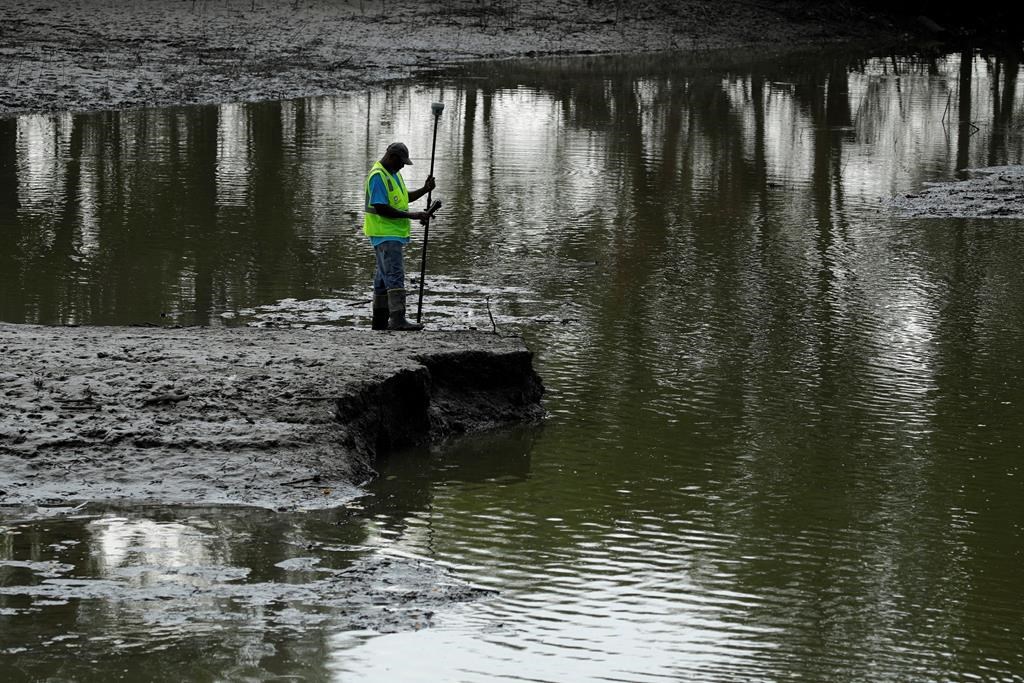The mayor of Grand Forks, N.D., signed an emergency declaration Tuesday in preparation for what they believe will be a historic spring flood.

Mayor Michael Brown said forecasters believe their portion of the Red River Basin will be subjected to one of the five worst floods in history.
“We know an emergency is coming, we know that the Red River is going to flood this spring,” Brown said in a statement.
“This declaration is one of the first steps the city needs to take in order to be prepared. If a federal disaster is declared, this local declaration puts us in line for any federal funds that may be available.”
Manitoba’s neighbours to the south have been plagued by record-breaking precipitation and Colorado lows that have dumped metres of snow from Fargo to Grand Forks.
The U.S. National Weather Service predicts major spring flooding all along the Red River right up to the U.S.-Manitoba border.
The Red River basin includes numerous tributaries in the United States that all flow into the Red River and up to Manitoba. While a flood in states like North Dakota or Minnesota doesn’t guarantee a flood in Manitoba, it is a large risk factor for flooding on the Canadian side of the Red River Valley.
“From what I can see in the last 100 years or so, this is the wettest, the highest volume of precipitation we’ve had during this time period,” North Dakota meteorologist Greg Gust said at the end of December.
“And if you go back this whole calendar year from Jan. 1 till now … Grand Forks has certainly broken the wettest year on record.”
Southern Manitoba’s precipitation levels were also high at the end of the year, with a severe snowstorm in early October that damaged tens of thousands of trees and left some parts of southern Manitoba without power for two weeks.
Manitoba operated the Red River Floodway in October, the first time it’s ever been used to divert water in the fall.
However, snowfall this winter since October for southern Manitoba has been lower than normal.
Manitoba’s Hydrologic Forecast Centre (HFC) usually sends out their first official flood forecast in February, and a provincial spokesperson confirmed Tuesday that outlook is being worked on now and is scheduled for release in late February.
The spokesperson said provincial forecasters use information from both U.S. and Saskatchewan authorities to help prepare Manitoba’s forecast.
In January, the HFC sent out a Basins Condition Report, which is a prelude to a flood forecast.
“Generally, most of Manitoba and Saskatchewan received below 50 mm of precipitation since November 01, 2019,” they wrote.
“It should be noted that weather conditions from now through April will largely determine the occurrence, extent and severity of spring runoff in 2020.”





Comments